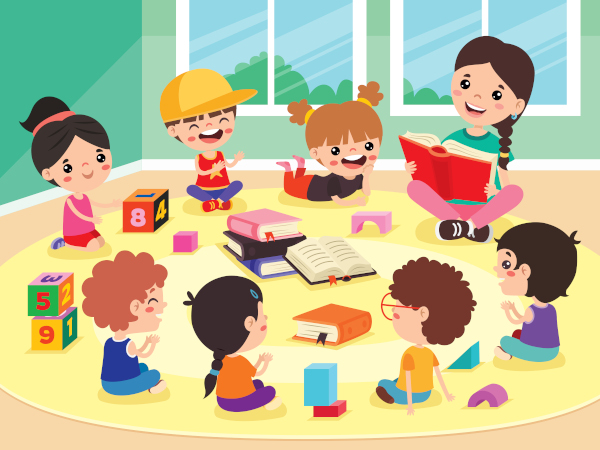“I absolutely love it, the time, paper and pressure saved by joining Kids Club HQ has been unbelievable. I love it, the staff love it, and most importantly, the parents love it”
Goodbye admin, hello digital efficiency.
See how your club could run smoothly with Kids Club HQ.

For those running out of school clubs, the choice of premises goes beyond mere location. It’s about crafting a space that embodies warmth, safety, and an inviting atmosphere for children, staff, and parents. As we aim to align with the standards set by the Early Years Register and the Childcare Register, it’s crucial to recognise that Ofsted evaluates not just the quality of care but also the appropriateness of the venue.
In your setting, every aspect of the space directly impacts a child’s holistic development. Ensuring the right environment is foundational for the success of your club and the growth of the children who attend it. This article dives a little deeper into the science and art of space design and how it affects young learners.
-
The Influence of Colours
Research indicates that colours can significantly impact a child’s mood and cognition. Soft hues, such as blues and greens, promote tranquillity and can reduce anxiety. These colours are excellent for spaces designed for relaxation or focused tasks such as colouring, reading, or puzzles. Conversely, vibrant colours like yellows and reds can stimulate the mind and energise the body, which are ideal for activity and game areas.
Key Takeaway: Consider the purpose of each room or space, what activity or lesson are you going to teach in this space, and then decide on the colour scheme accordingly.
-
Open Spaces vs. Defined Zones
Open spaces encourage movement, fostering physical development and social interaction. They give children the freedom to explore and engage in group activities. However, children also benefit from defined zones tailored to specific activities. For example, a reading corner with soft cushions and a carpet can create a welcoming environment for literacy development. An open area with a basketball net can encourage children to participate in more sports-related activities.
Key Takeaway: Balance is key. Having a mix of open areas for active play and well-defined zones for specific tasks will really help to set the tone for your club.
-
Natural Light and Wellbeing
Natural light doesn’t just save electricity; it has tangible benefits for children. Exposure to natural light regulates circadian rhythms, leading to better sleep patterns. Furthermore, well-lit spaces can reduce eye strain and enhance mood, making learning more effective and enjoyable.
Key Takeaway: Whenever possible, incorporate natural light into learning environments. Large windows, skylights, and open spaces can all help foster a more positive and open environment. However, it is important to note that these choices should not compromise on the safety standards and regulations.
-
Organised Spaces Foster Independence
An organised space isn’t merely about aesthetics. When children know where items belong, it fosters independence and responsibility. It helps children practise their organisational and disciplinary skills. Additionally, clutter-free environments reduce distractions, helping children to focus.
Key Takeaway: Invest in smart storage solutions and guide the children to store relevant things in their appropriate spaces.
-
Safety and Security
Beyond the emotional comfort, the physical safety of a space is paramount. Rounded furniture, secured storage units, and non-slip surfaces are essential. Moreover, ensuring that children can be easily supervised in all areas is crucial for their safety and security.
Key Takeaway: Regularly review your space for potential hazards and address them promptly.
-
Integration of Nature
The natural world offers countless benefits for young learners. Incorporating plants, nature-based materials, or even images of nature can calm children, improve air quality, and enhance their connection to the environment. Research shows that green spaces promote wellbeing and improve mood. If possible, always incorporate a little bit of nature into the spaces where children interact and play.
Key Takeaway: Consider adding a touch of nature to your space, whether through potted plants, wooden furnishings, or nature-themed decor.
As caregivers, the spaces we design directly contribute to children’s holistic development. By making intentional decisions about colour, light, layout, and organisation, we can cultivate environments that not only support development but also nurture emotional and social growth. As we shape our spaces, we’re shaping the future for our young learners. So ensure that you make every corner count!